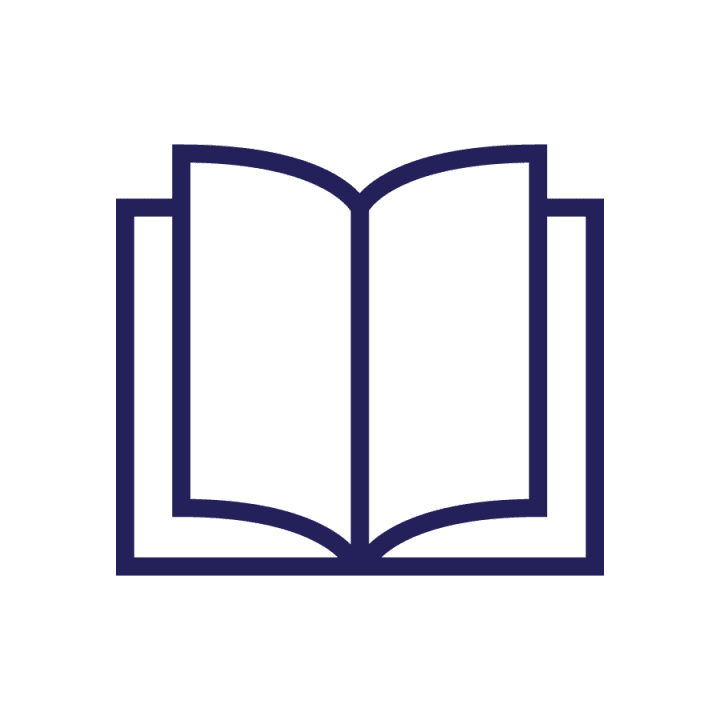Greil Marcus was born in San Francisco in 1945 and grew up in the Bay Area. He earned his undergraduate and graduate degrees in the late 1960s from the University of California at Berkeley in American Studies and Political Science, respectively. In 1969, he began a career-long relationship with Rolling Stone, becoming the magazine’s first record review editor. He served as the book columnist from 1975 to 1980 and is currently a contributing editor.
In 1975, Marcus released his first book, Mystery Train: Images of America in Rock ‘n’ Roll Music, which is widely regarded as one of the finest and most scholarly studies ever published about Rock ‘N’ Roll. A distinctive feature of Marcus’s writing is his ability to connect Rock ‘N’ Roll to political and social history. “A critic’s job,” Marcus explains “is not only to define the context of an artist’s work but to expand that context.” The book, which was nominated for the National Book Critics Circle Award for Criticism, received rave reviews. The New York Timescalled Mystery Train “a classic . . . full of passion and intellectual fervor,” while The Washington Post called the book “a remarkable study of ‘the very idea of America: complicated, dangerous, and extreme.’”
After the release of Mystery Train, Marcus continued writing book and music columns for magazines while embarking on a nine-year stint researching and writing his next book, Lipstick Traces: A Secret History of the Twentieth Century (1989). Unlike Mystery Train, which focused exclusively on the influence and context of American artists from bluesman Robert Johnson to Elvis Presley, Lipstick Traces is about European and English movements, ideas, and artists. In the book, “Marcus proposes a genealogy of anarchistic naysayings from the Dadaists to the [French] Situationist International to the Sex Pistols,” observed Interview magazine.
Over the past decade, Marcus has continued to write about music and popular culture for Artforum, Interview, the New York Times, Esquire, Salon.com, and other publications. He has taught American Studies seminars at the University of California at Berkeley and Princeton and has lectured throughout the United States and Europe. He has also served on the Board of Directors of the National Book Critics Circle Award (1983-1989).
Excerpt from Double Trouble: Bill Clinton and Elvis Presley in a Land of No Alternatives (2000)
The word on Kurt Cobain in the days before he killed himself was so awful that every time a Nirvana song came on the radio, I was sure it was only a prelude to the announcement that he was dead. Over and over, for some reason, before the fact, the song was always “Come As You Are.” As it played, on Wednesday or Thursday, it seemed to slow down and expand, to drag itself across its own sound, to rub itself raw.
When the news came, the version I got was queer, ugly—mocking, not like the announcement of any other pop death. Several people were talking on KALX-FM, the Berkeley college station. They were back-announcing records by the Raincoats and the Vaselines: “. . . two of his favorites. Yeah, it’s too bad about Kurt Cobain’s passing”—that moronic euphemism—”but what the hell, it’s his life.” Someone snickered, and then a loud, hyped-up tabloid voice hit the mike: “He shot himself! With a shotgun! In a cabin next to his house! He left a note!” “Hey,” said the first voice, sarcasm dripping, “we’re not making fun of this.” They went straight into “My Way” by Sid Vicious.
That night I dreamt about a Kurt Cobain funeral procession, with an open hearse trundling down First Avenue in Seattle as thousands lined the street. Every few moments, someone would break out of the crowd, leap onto the hearse like a mosh-pit dancer taking the stage, then lift the lid on the coffin and rush back to the sidewalk, shouting: “No face, man! No face!”
At a small gathering at Booksmith’s, on Haight Street in San Francisco, the night before Kurt Cobain’s body was found, the subject of Nirvana came up. Gina Arnold, who wrote the book Route 666: The Road to Nirvana, spoke bitterly: “People talk about Kurt Cobain’s wonderful sense of irony. There isn’t any irony.”
Driving for six hours from Kansas city to Fayetteville on Sunday, April 10, the day after the story was front page all over the country, there wasn’t any Kurt Cobain. Radio is now so demographically segmented its formats are absolutely resistant to events in the world at large; here it’s always . . . wherever it is. On Your Favorite Oldies, Best of the ‘70s, Lite Rock, not to mention 24-Hour News, talk radio, Adult Contemporary, country, or hip hop stations, Kurt Cobain didn’t die, and neither was he ever born. Finally, just over the Missouri-Arkansas border, on a station that mixed Michael Bolton, Salt-N-Pepa, and Beck, up came a no-comment “All Apologies.” Probably it had been computer-programmed the week before.
Selected WorkDouble Trouble: Bill Clinton and Elvis Presley in a Land of No Alternatives (2000) Invisible Republic: Bob Dylan’s Basement Tapes (1997)Dead Elvis: A Chronicle of a Cultural Obsession (1991)Lipstick Traces: A Secret History of the Twentieth Century (1989)Mystery Train: Images of America in Rock ‘N’ Roll Music (1975)
LinksArticles by Greil Marcus on Salon.comBook review of Invisible Republic from The New York TimesInterview with Marcus
